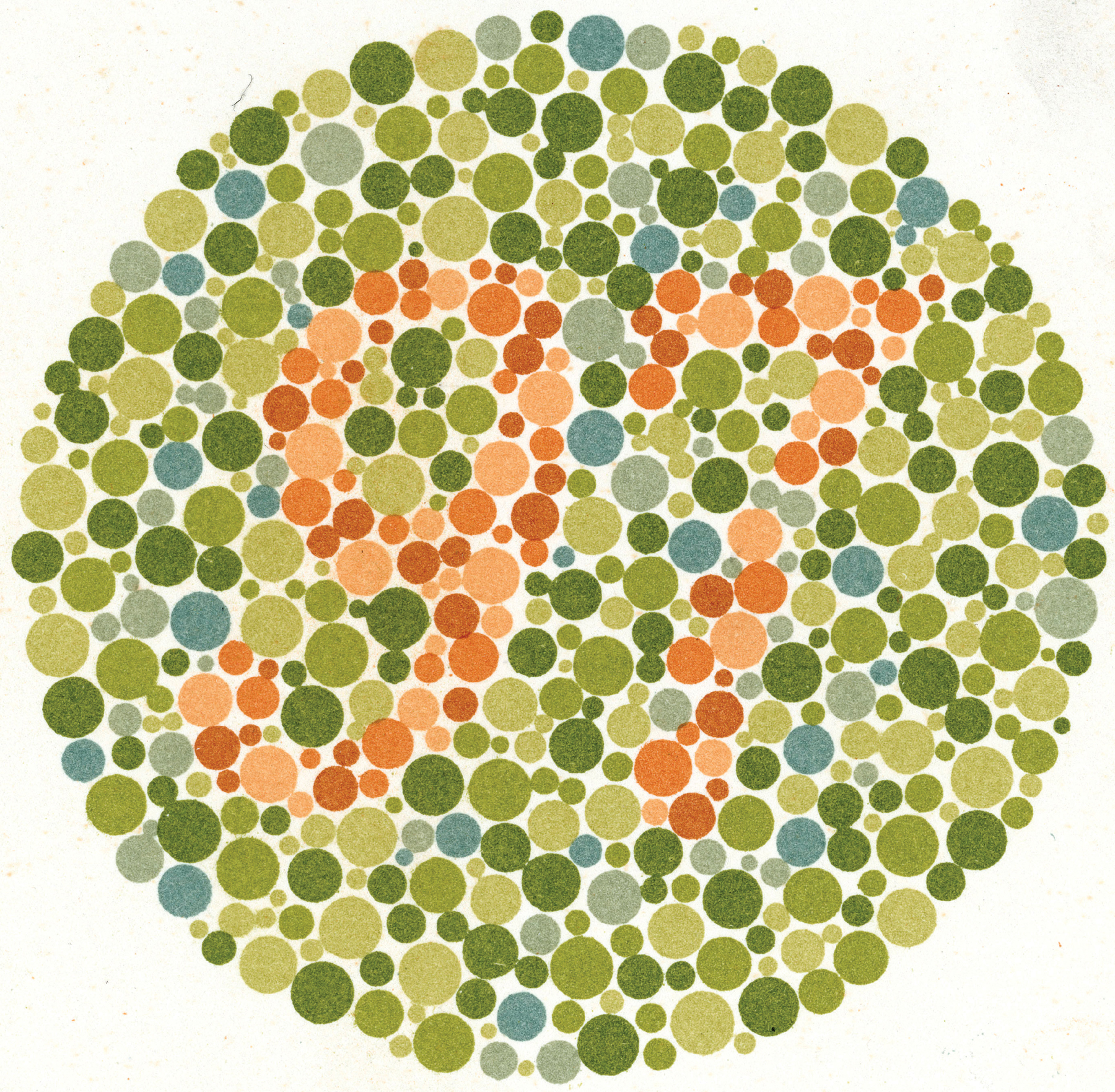CHAPTER 17 INTRODUCTION
17-1
CORE CONCEPTS
17.1 The X and Y chromosomes of some animals, including humans, determine sex and are inherited differently from the autosomes.
17.2 X-linked genes, which show a crisscross inheritance pattern, provided the first evidence that genes are present in chromosomes.
17.3 Genetic linkage occurs when two genes are sufficiently close together in the same chromosome that the combination of alleles present in the chromosome tends to remain together in inheritance.
17.4 Most Y-linked genes are passed from father to son.
17.5 Mitochondria and chloroplast DNA follow their own inheritance pattern.

Mendel’s principles of segregation and independent assortment are the foundation of transmission genetics (Chapter 16). For traits such as pea color and shape, these principles predict simple progeny phenotypic ratios in self-crosses of heterozygous genotypes, such as 3:1 for one gene or 9:3:3:1 for two genes that undergo independent assortment. The principle of segregation also defines the inheritance patterns expected in human pedigrees for traits due to recessive or dominant mutations, as we saw in the case of albinism and brachydactyly.
Some traits, such as color blindness in humans and white eyes in fruit flies, do not show the inheritance patterns predicted by Mendel. In this chapter, we consider some examples in which the expected ratios and pedigree patterns are modified by principles Mendel knew nothing about. One example pertains to genes in the X and Y sex chromosomes, which are transmitted differently from other chromosomes. Although the patterns of inheritance of genes in the sex chromosomes do not follow Mendel’s laws, those patterns can easily be understood by following the movement of chromosomes in which they are present.
Another important exception to Mendel’s laws has to do with genes that are located close to each other in the same chromosome. Although each gene pair undergoes segregation in the normal manner, independent assortment of different genes does not take place. Finally, the laws of Mendelian segregation and independent assortment do not apply to genes in the DNA molecules in mitochondria and chloroplasts. All of these cases involve genetic transmission with patterns of inheritance beyond those discovered by Mendel.